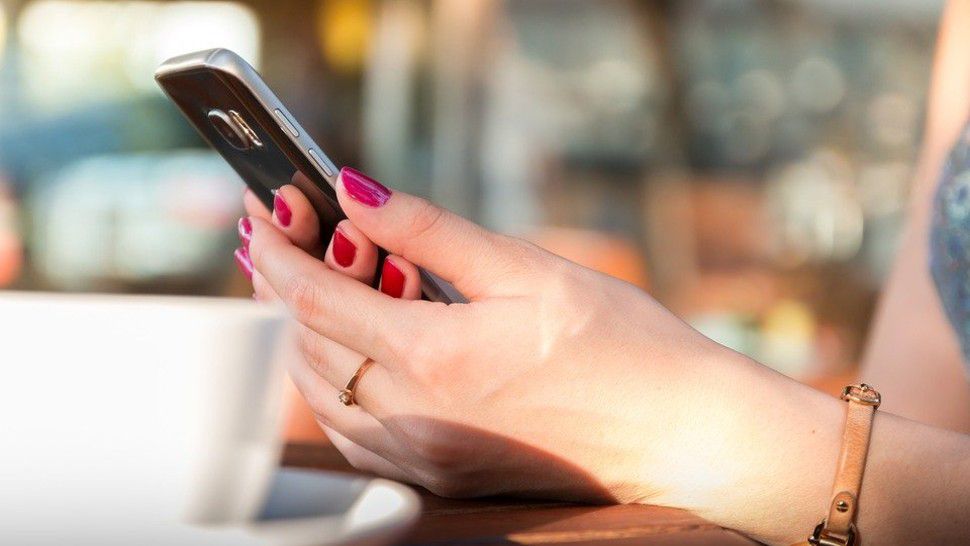NATIONWIDE -- In addition to COVID-19 tests and antibody tests, you’ve probably heard contact tracing discussed as a key component of containing the spread of the novel coronavirus.
It turns out contact tracing has been employed to slow the spread of infectious diseases for a long time. So what is it?
How Contact Tracing Works
According to the World Health Organization, people who come into close contact with someone with an infectious disease, such as COVID-19, are at greater risk of contracting that disease and passing it on to others.
RELATED: Antibody Tests to Play Role in Combating COVID-19 but Concerns Remain
Contact tracing works by closely monitoring those who have likely come into contact with infected people. The contact tracing process can be broken down into three key components.
Contact identification occurs when someone who has tested positive for an infection is identified and then questioned as to where that person has been and who he or she has come into contact with. That might be family members, coworkers, health care providers or friends.
Contact listing occurs when those people identified as having come into close proximity with an infected person are contacted and instructed about seeking medical aid in the event that symptoms occur. In some cases, isolation or quarantine is needed for high-risk contacts. That might include isolation at home or in a hospital.
RELATED | LIVE BLOG: COVID-19/Coronavirus News & Announcements
Contact follow-up is merely maintaining contact with potentially exposed people in order to monitor for symptoms and test for infection.
Previously, contact tracing principally relied on the memory of infected people. Memory is often unreliable, however, and no complete contact list could be completed. That’s not to say the method hasn’t been successful in curtailing the spread of infectious disease, though.
RELATED: Is Herd Immunity Among the Keys for Us to Return to Normal?
Today, technology may play a big role in contact tracing. Nearly everyone is in possession of a smartphone, and contact-tracing apps can monitor a person’s movements via Bluetooth sensors, etc. Those sensors can note when someone has come into contact with a person who has reported being positive for COVID-19.
If someone has spent a significant amount of time near someone reported to be positive for COVID-19, the app would send a warning.
Theoretically, social distancing efforts could be loosened because events could be limited to people who don’t have symptoms as well as those who haven’t come into contact with people who have reported symptoms or being positive for novel coronavirus.
RELATED: Do People Become Immune to Coronavirus After Recovering from Infection?
Apple and Google in April announced they are working on contact-tracing technology, and contact tracing has proven effective in China. However, there are privacy concerns associated with the technology.
By most accounts, the effectiveness of the technology relies on people accurately reporting their symptoms and positive diagnoses, and it’s likely not a replacement for social distancing and remaining at home as a much as possible.



